
Get matched with top animal fencing pros in Hudson, MI
Enter your zip and get matched with up to 5 pros
Need a pro for your animal fencing service project in Hudson, MI?
Verified Reviews for Animal Fencing Service pros in Hudson, MI
*The Angi rating for Animal Fencing Service companies in Hudson, MI is a rating based on verified reviews from our community of homeowners who have used these pros to meet their Animal Fencing Service needs.
*The HomeAdvisor rating for Animal Fencing Service companies in Hudson, MI is a rating based on verified reviews from our community of homeowners who have used these pros to meet their Animal Fencing Service needs.
Last update on December 13, 2025
Find Animal fencing pros in Hudson
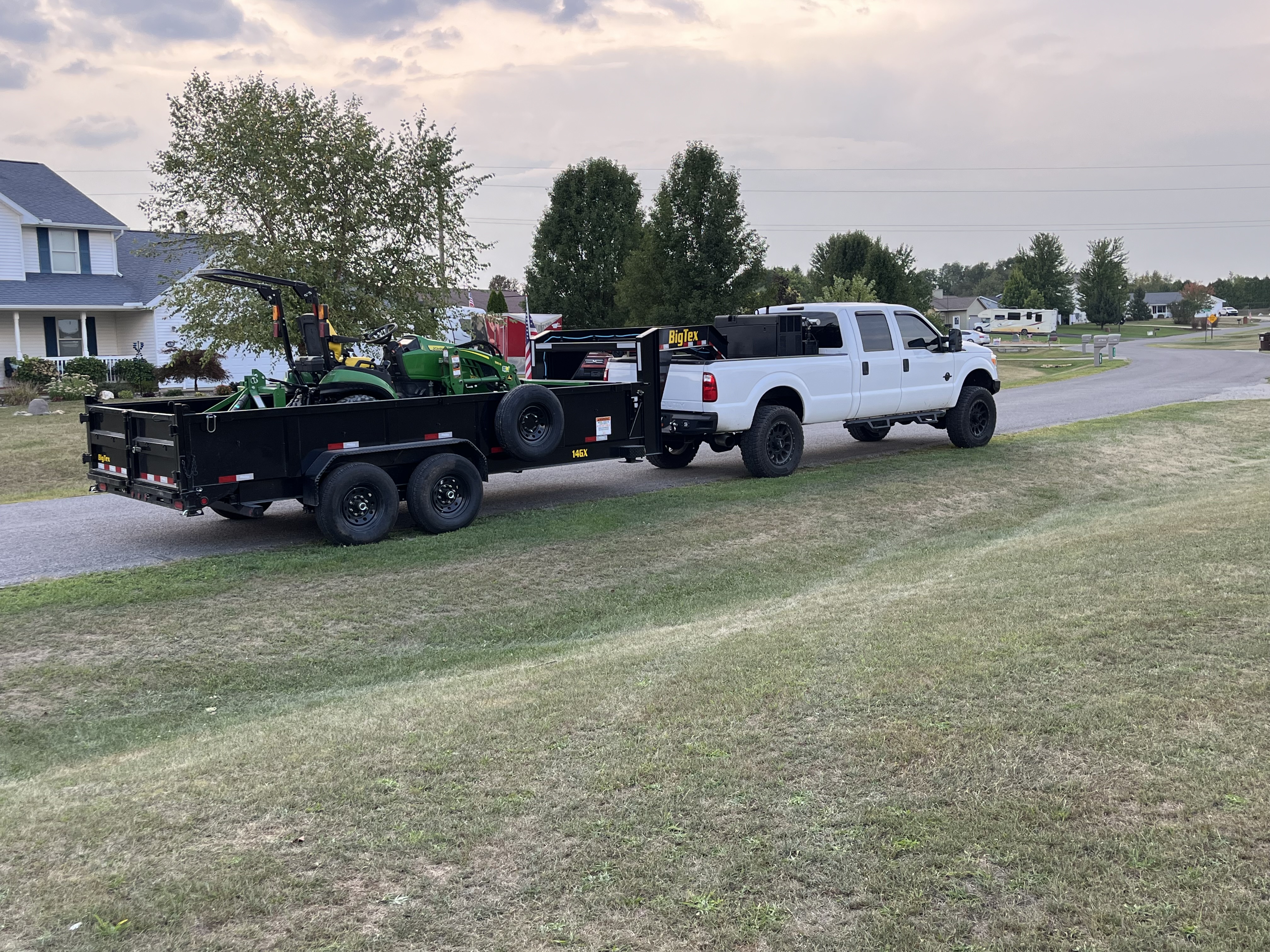
Shorty’s Dirt Work LLC
Shorty’s Dirt Work LLC
Trash removal, landscaping, fencing, driveway grading, yard leveling, dumpster rentals, home repair's and much more!
Trash removal, landscaping, fencing, driveway grading, yard leveling, dumpster rentals, home repair's and much more!
Paine's Home Service's
Paine's Home Service's
At Paine's Home Service's, I provide affordable rates with professional quality with 20 years of experience painting pressure washing and asphalt sealing
At Paine's Home Service's, I provide affordable rates with professional quality with 20 years of experience painting pressure washing and asphalt sealing
Prime Fence
Prime Fence
Prime Fence specialize in building decorative and privacy fences at any property commercial or residential. We are veteran owned and operated business. With over 75 years in combined service to the west Michigan area.
Prime Fence specialize in building decorative and privacy fences at any property commercial or residential. We are veteran owned and operated business. With over 75 years in combined service to the west Michigan area.
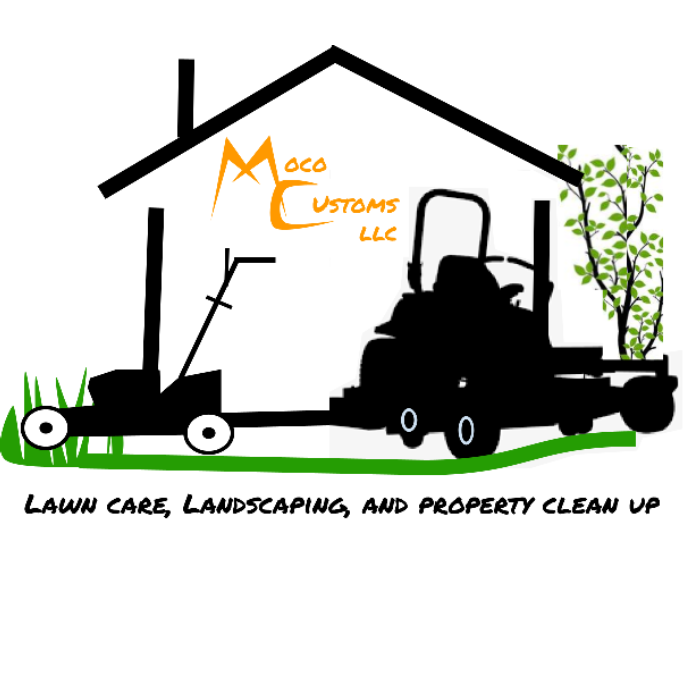
Moco Customs
Moco Customs
Moco Customs is a family run business. We provide custom quality lawn care at an affordable price. We customize every step to fit your needs. From general lawn care maintenance and landscaping to major property clean ups. We've been serving Fulton County and surrounding areas for 15+ years. Free quotes!
Moco Customs is a family run business. We provide custom quality lawn care at an affordable price. We customize every step to fit your needs. From general lawn care maintenance and landscaping to major property clean ups. We've been serving Fulton County and surrounding areas for 15+ years. Free quotes!
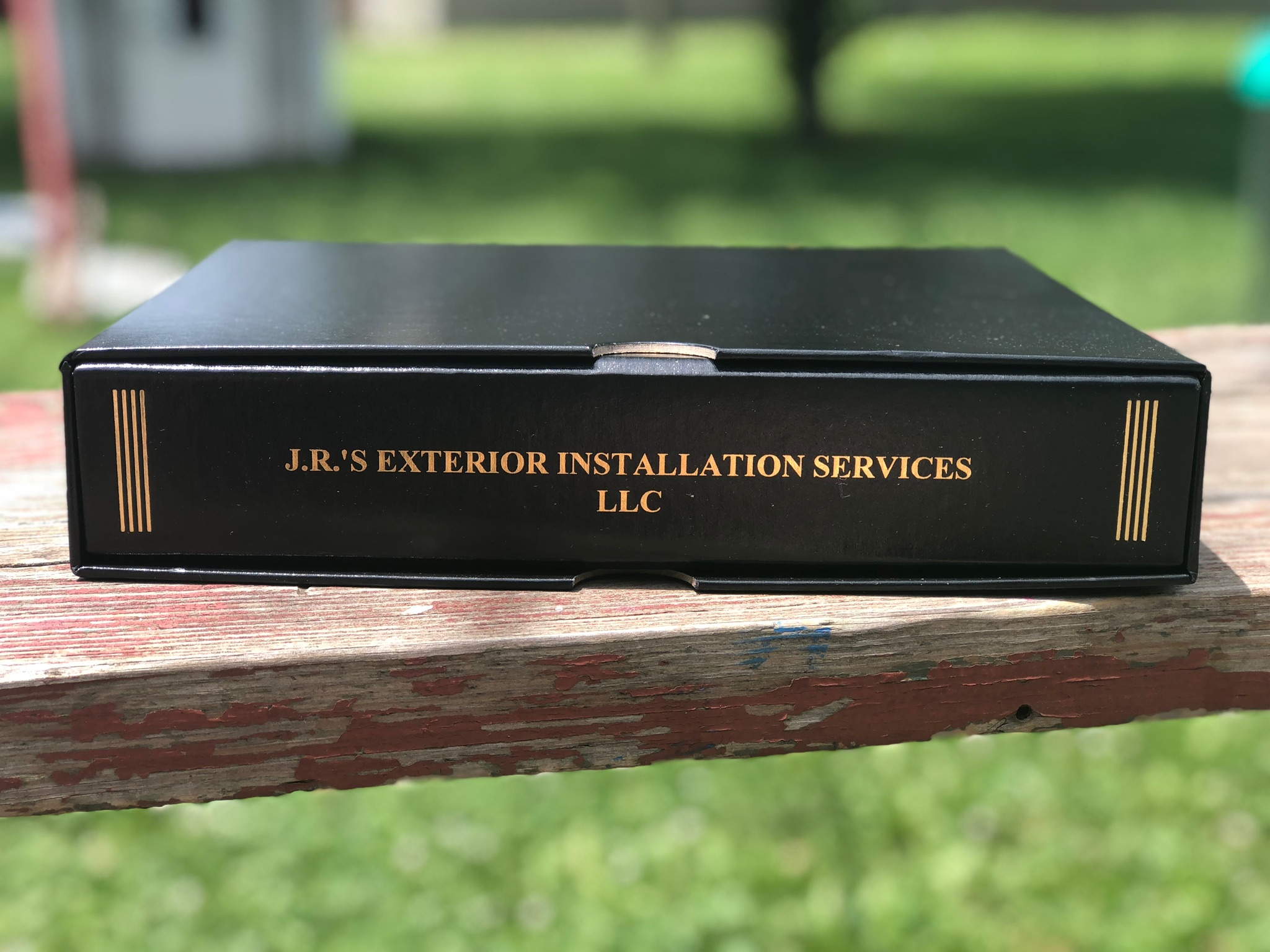
J.Rs Exterior Installations
J.Rs Exterior Installations
One day compete reroof, Siding, Room Remodels, Complete Builds, Barns , Houses, Sheds , Garages, Decks, Fencing , Dry wall , Framing Wood/Steel, Windows and Doors, Flooring, Fixture replacement and Installs. HVAC,
One day compete reroof, Siding, Room Remodels, Complete Builds, Barns , Houses, Sheds , Garages, Decks, Fencing , Dry wall , Framing Wood/Steel, Windows and Doors, Flooring, Fixture replacement and Installs. HVAC,
Northern Home & Property Solutions
Northern Home & Property Solutions
We have a great crew that knows how to get work done in a timely matter. We also subcontract work out when we are busy Ower bill is depending on the size of the job half down balance at the end or if its a large job then we will split it in quarter payments
We have a great crew that knows how to get work done in a timely matter. We also subcontract work out when we are busy Ower bill is depending on the size of the job half down balance at the end or if its a large job then we will split it in quarter payments
"Great, worked with the insurance and took care of everything so I didn’t have to!"
Kenny P on October 2020
"Great, worked with the insurance and took care of everything so I didn’t have to!"
Kenny P on October 2020
All-Odd-Job's
All-Odd-Job's
All-Odd-Job's We do everything, You can find us on Facebook as well. Or Google All-Odd-Job's It's under Newaygo Home Improvement.
All-Odd-Job's We do everything, You can find us on Facebook as well. Or Google All-Odd-Job's It's under Newaygo Home Improvement.
Starr Industrial
Starr Industrial
Starr Industrial is an Industrial contracting company.
Starr Industrial is an Industrial contracting company.
Jess Arquette
Jess Arquette
I am local builder that uses local employees and sub contractors. I was trained union journeyman carpenter in the Detroit area and moved back to the northern area after about ten years in the city. My company can handle commercial jobs as well as new homes or additions,pole barns, etc. I am also green certified builder and was trained recently as a energy analyst
I am local builder that uses local employees and sub contractors. I was trained union journeyman carpenter in the Detroit area and moved back to the northern area after about ten years in the city. My company can handle commercial jobs as well as new homes or additions,pole barns, etc. I am also green certified builder and was trained recently as a energy analyst
FAQs for animal fencing service projects in Hudson, MI
There are different types of pet fencing available to keep your furry family member safe:
Chain link fencing is an affordable but not visually appealing option.
Vinyl panel fencing is less easily damaged than wood.
Wood fencing is customizable but requires regular maintenance.
Metal iron fencing provides a sleek look but doesn’t block your pet’s view.
Electric fencing eliminates the need for a traditional fence, but it could be painful to your pet.
Picket fencing adds to your curb appeal but won’t contain most pets.
Brick or stone fencing stops pets from digging out of the yard but costs more.
Certain types of pet fences, like wireless invisible and GPS fences, have easy installation steps, making them a perfect DIY option. A wired invisible fence is generally beyond the skill set of most homeowners, as it requires digging a trench to lay the wires needed, plus wiring them to the transmitter.
In addition, traditional fences require not only time to install but also transportation of materials, the correct tools to do the job, and usually, additional labor. Sometimes, a permit is needed to build a fence, depending on your location. For these reasons, it’s best to hire a local dog fence installer to complete this task.
The cost to install an invisible fence is $1,325 on average. This cost ranges from $100 to $1,650, depending on the yard size and type of invisible fencing.
An in-ground invisible fence has a transmitter, receiver, and wires that run underground to set up the yard's perimeter, averaging $1,325 for installation. GPS invisible fences use satellite data to create the home boundary and are more cost-effective than wired options, ranging from $100 to $800. Wireless invisible fences create a barrier that relies on radio signals, costing between $100 and $500, depending on the brand and range.
Determining the best type of fence to contain your pet can be tricky. Consult a pet fence installer and consider the following questions:
What size pet do you have? Some fence types, like chain link, are too short to contain large dogs.
Is digging an issue? Some fences, like brick or stone, help minimize digging at the fence line, where wood fences aren’t as adequate.
Do you need to block your pet’s view of the neighbor's yard? Some fences, like metal iron fencing and chain link, don’t offer an obstructed view.
The cost to install a pet fence ranges from $1,500 to $8,000 on average. This cost is primarily dependent on the type of fence material and the width and height of the fence and your geographical location.
A wood privacy fence that is 150 linear feet can range from $1,000 to $4,500. However, the same length of fence in aluminum will cost closer to $4,500 to $6,000. In addition, some states are simply more expensive than others to build a fence due to increased demand and cost of living.
The Hudson, MI homeowners’ guide to animal fencing services
From average costs to expert advice, get all the answers you need to get your job done.
 •
•Find out the invisible fence installation cost. Learn about average prices, key cost factors, and tips to save on your pet’s safety solution.
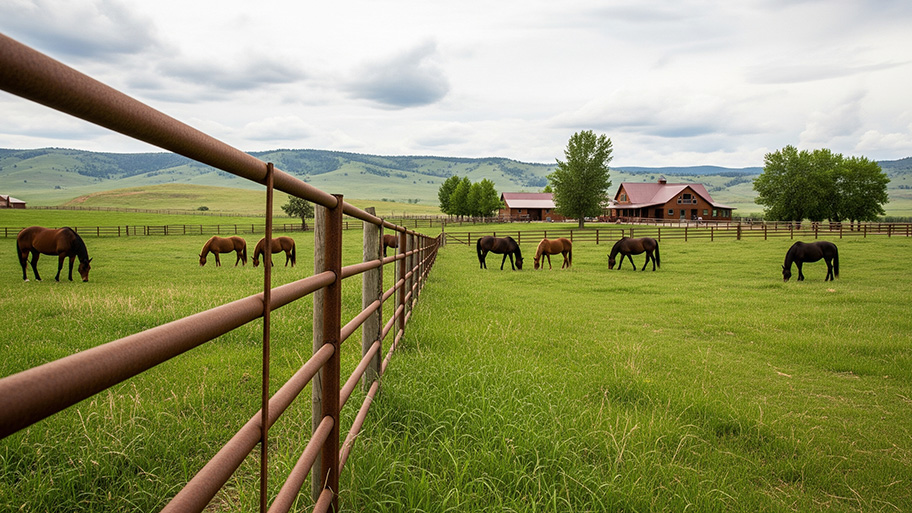
Pipe fencing is an extremely strong, durable option for containing horses and other livestock. This guide breaks down the factors that affect pipe fence cost.
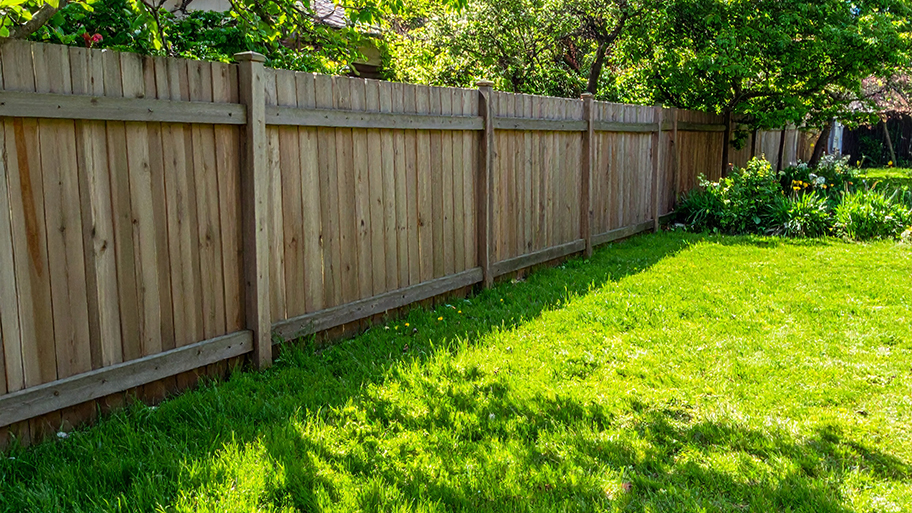
There are many dog fence options, from tall privacy fencing to wireless underground electric fences. Here's how much it costs to install a dog fence.

It’s essential to give your dog a safe place to run and play. Learn which are the best fences for dogs so your pet can freely enjoy the outdoors.

Keep your pet safe and secure by learning how to locate and fix breaks in an invisible dog fence with these step-by-step tips.
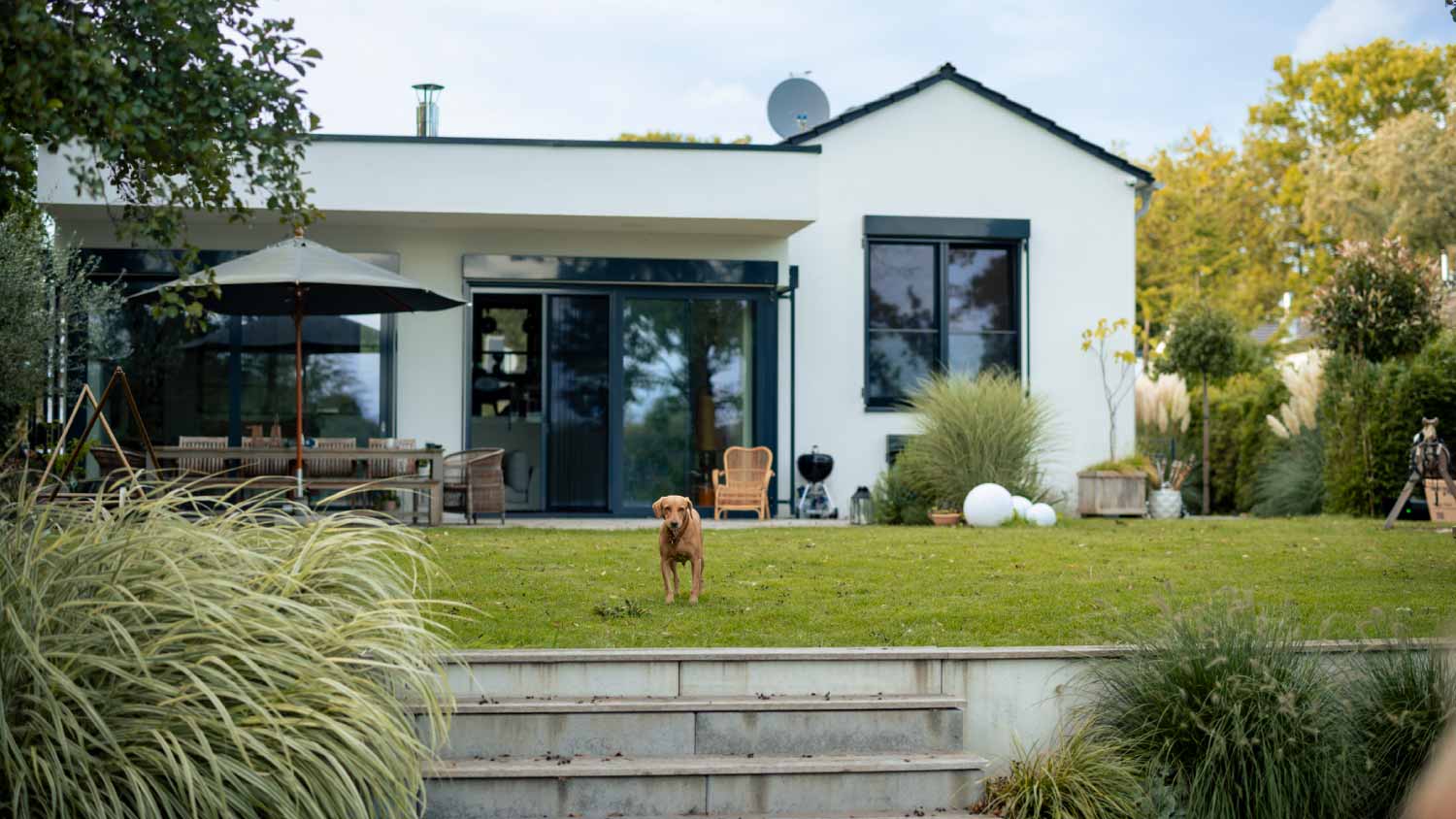
An invisible fence helps keep your pets safe without building a traditional fence. Ask a contractor these electronic pet fence installation questions before hiring.
- Rollin, MI Animal fencing pros
- Clayton, MI Animal fencing pros
- Pittsford, MI Animal fencing pros
- Manitou Beach, MI Animal fencing pros
- Morenci, MI Animal fencing pros
- Seneca, MI Animal fencing pros
- Waldron, MI Animal fencing pros
- Addison, MI Animal fencing pros
- North Adams, MI Animal fencing pros
- Osseo, MI Animal fencing pros
- Fayette, OH Animal fencing pros
- Onsted, MI Animal fencing pros
- Cement City, MI Animal fencing pros
- Somerset, MI Animal fencing pros
- Jerome, MI Animal fencing pros
- Adrian, MI Animal fencing pros
- Hillsdale, MI Animal fencing pros
- Moscow, MI Animal fencing pros
- Lyons, OH Animal fencing pros
- Pioneer, OH Animal fencing pros
- Jasper, MI Animal fencing pros
- Tipton, MI Animal fencing pros
- Brooklyn, MI Animal fencing pros
- Camden, MI Animal fencing pros
- Clarklake, MI Animal fencing pros
- Jonesville, MI Animal fencing pros
- West Unity, OH Animal fencing pros
- Horton, MI Animal fencing pros
- Palmyra, MI Animal fencing pros
- Archbold, OH Animal fencing pros


